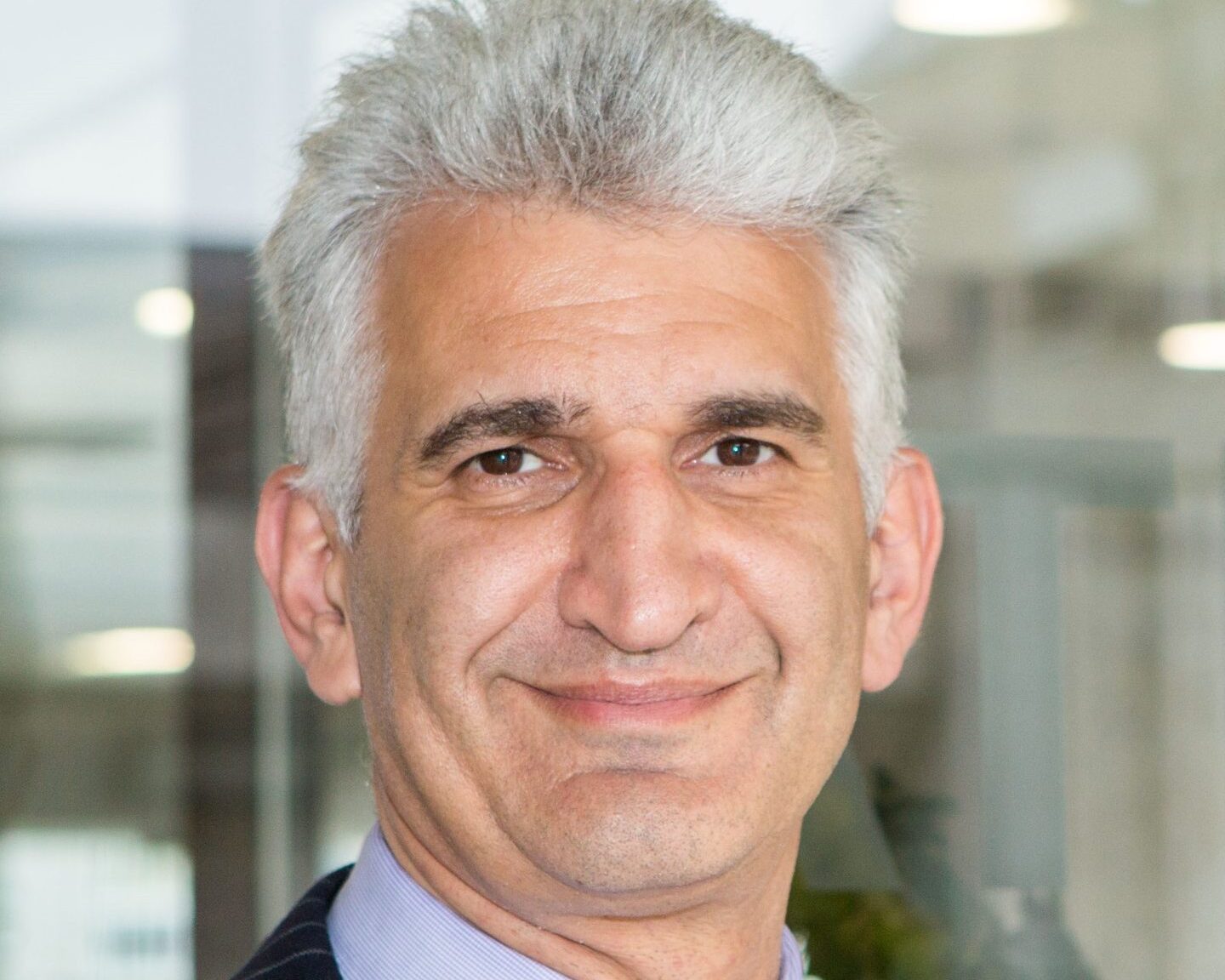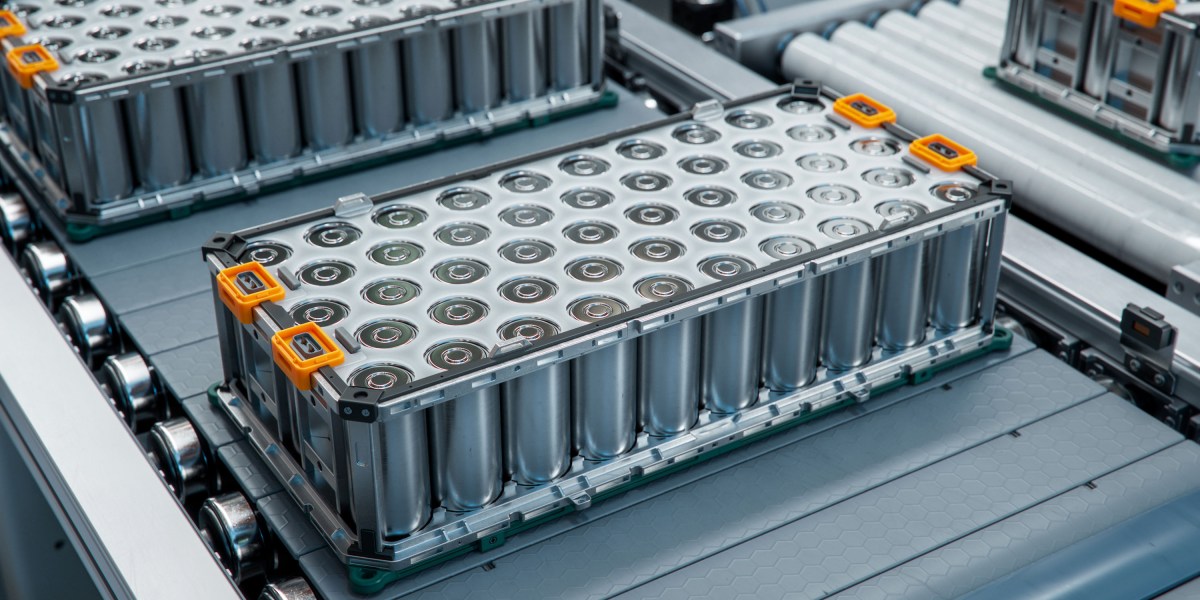
Visibility when a container ship hit an oil tanker in the North Sea last month was “patchy,” an investigation has found.
The Marine Accident Investigation Branch (MAIB) noted in a preliminary report that neither vessel had a “dedicated lookout on the bridge”.
Solong crashed into Stena Immaculate on 10 March about 12 miles off the coast of East Yorkshire, leaving one man missing, presumed dead.
Stena Immaculate was anchored five miles north of navigational aid the Humber light float.
The MAIB said: “The visibility in the area north of the Humber light float was reported to be patchy and varying between 0.25 nautical miles (nm) and 2.0nm.
“Neither Solong nor Stena Immaculate had a dedicated lookout on the bridge.”
It added: “At (7am), Solong’s master returned to the bridge and took over the watch as the lone watchkeeper.”
The crash, which happened at 9.47am, caused large fires on both vessels.
The man feared dead is Filipino national Mark Pernia.
US tanker Stena Immaculate was approaching the Humber Estuary on March 9 when it was directed to anchor in an area with eight other vessels.
Portuguese registered Solong was sailing from Grangemouth, Scotland to Rottterdam, the Netherlands.
The report said Solong “altered course” at around 1.30am to a heading of 150 degrees, which is a south-east direction.
It maintained this course until the crash except for a “slight deviation” at 3.45am.
Solong was travelling at a speed of about 16 knots when it hit Stena Immaculate, the MAIB said.
The report described how the crews of both vessels took “immediate action”.
It went on: “Attempts by Stena Immaculate’s crew to fight the fire, and for Solong’s crew to locate the missing able seaman, were hampered by the severity of the fire.
“Both Stena Immaculate and Solong’s crew abandoned to lifeboats and were subsequently recovered by the efforts of local boats and emergency responders, coordinated by His Majesty’s Coastguard.”
The MAIB said its investigation will analyse “the navigation and watchkeeping practices on board both vessels” and “manning and fatigue management”.
It will also look at the condition and maintenance of the vessels involved, the use of the offshore area as an anchorage for vessels waiting to enter the Humber Estuary, and environmental conditions.






















